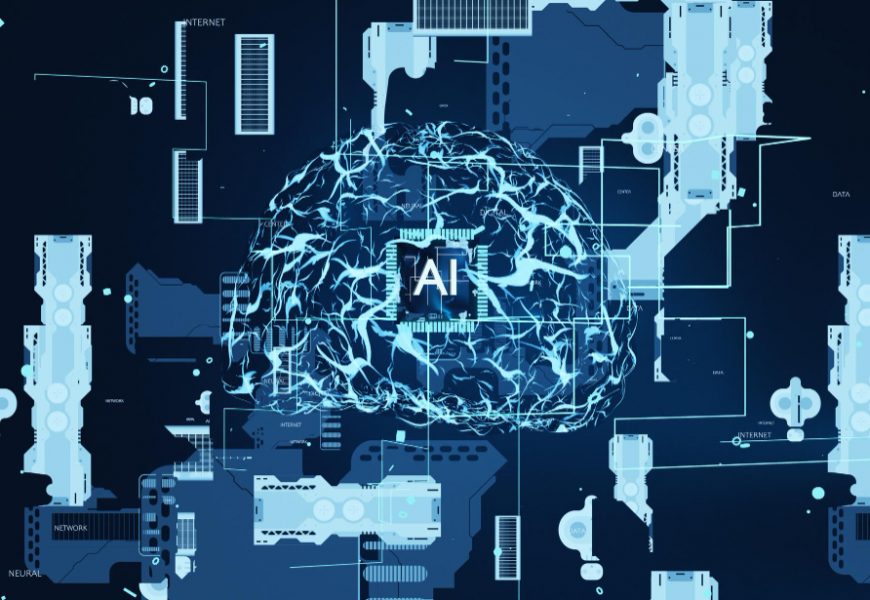The world we live in today is fundamentally different from the one we inhabited just a decade ago, largely due to the rapid rise of emerging technologies. Artificial intelligence (AI), smart devices, and interconnected digital ecosystems have made their way into nearly every corner of our lives—often in ways so subtle that we hardly notice their presence. From voice assistants that manage our daily schedules to predictive algorithms that recommend everything from entertainment to healthcare options, these technologies are no longer confined to laboratories or niche industries. Instead, they are firmly embedded in everyday routines, blurring the lines between the physical and digital worlds.
What once felt like futuristic speculation—machines capable of anticipating our needs, workspaces that adapt to our behavior, or health monitoring systems that detect illness before symptoms appear—has become a lived reality. Take the example of smart homes, where lighting, climate, and security systems are integrated into centralized hubs. These not only offer convenience but also optimize energy efficiency, reduce costs, and improve safety. Similarly, AI-based tools in educational settings enhance personalized learning by adapting lesson plans to the strengths and weaknesses of individual students, while at work, digital assistants now streamline workflows, analyze large datasets, and drive critical decision-making processes much faster than human teams could alone.
Yet, while the benefits of these technologies are profound, they bring an equally important set of ethical and societal questions. The reliance on connected systems, for instance, heightens concerns about privacy, cybersecurity, and digital equity. Who gets access to these advanced tools? How do we ensure that rural and under-resourced communities are not left behind in this digital transformation? And how do we balance the convenience of predictive technologies with the need to preserve autonomy and human judgment?
Thus, emerging technologies are not just reshaping how we live—they are redefining what it means to live in a connected society in the first place. To fully embrace these trends, individuals, businesses, and governments must not only adopt them but also critically engage with the implications they carry for human dignity, inclusion, and well-being.
One of the most compelling aspects of today’s technological revolution is not simply the rise of individual innovations but the way they converge to create new possibilities. Each advancement, whether in AI, blockchain, or biotechnology, could be powerful on its own. But together, these trends amplify one another, fueling a transformative wave that is redefining entire sectors of human activity.
- Artificial Intelligence and Machine Learning: AI has evolved from being a background tool into a core enabler of daily life. From chatbots handling customer service queries to medical systems capable of predicting disease outbreaks, AI is accelerating both efficiency and personalization.
- Blockchain and Decentralization: Beyond cryptocurrency, blockchain is creating transparent, secure frameworks for handling contracts, medical records, and even voting systems, allowing trust to be distributed across digital ecosystems rather than concentrated in centralized institutions.
- Internet of Things (IoT) and Smart Wearables: Everyday items—from watches and fitness trackers to refrigerators and cars—are now equipped with sensors and internet connectivity, offering real-time data insights that guide healthier choices, facilitate remote monitoring, and enhance personal productivity.
- 5G Networks and Connectivity: The rollout of 5G is unlocking faster, more reliable communication, enabling innovations like remote robotic surgery, immersive augmented reality, and smart transportation systems that require ultra-low latency.
- Autonomous and Shared Mobility: Self-driving vehicles, combined with intelligent transport networks, are poised to reduce accidents, cut emissions, and redefine commute culture, especially in densely populated cities.
- Extended Reality (XR): Virtual and augmented reality technologies are becoming mainstream in education, entertainment, and workplace training, offering immersive experiences that bridge digital and physical realities.
- Green and Sustainable Tech: At the same time, innovations in renewable energy, eco-friendly materials, and circular economies demonstrate how technology can be harnessed to combat climate change and promote sustainable growth.
These overlapping forces are giving rise to a reality in which technology not only assists us but also reshapes the structure of our societies. Remote work, for example, has been accelerated by advanced collaboration tools and cloud services, allowing individuals to balance personal and professional lives in unprecedented ways. In healthcare, telemedicine and wearable diagnostics are bringing critical services to patients who once lacked access. Transportation is becoming increasingly intelligent, with integrated systems that reduce congestion, encourage electric mobility, and make commuting less stressful. Meanwhile, smart city projects are rethinking both urban and rural infrastructures, from traffic management to water conservation.
However, as with the first wave of digitalization, these benefits are accompanied by new risks. Persistent issues of data privacy and security remain. Additionally, governance frameworks are struggling to keep pace with the speed of innovation, leading to regulatory uncertainties that could affect trust in these systems. Socially, the risk of widening digital divides persists—those without access to infrastructure or training may find themselves excluded in increasingly digital societies.
The challenge, therefore, lies in ensuring that while technology continues to evolve, its diffusion is guided by responsibility, inclusivity, and foresight. Policymakers, designers, and global organizations must think beyond immediate productivity gains and address long-term impacts on equity, ethics, and sustainability.
Final Thoughts
The story of emerging technologies is not just about efficiency and convenience. It is about how humanity chooses to integrate, regulate, and adapt to these forces that are transforming the fabric of everyday life. As artificial intelligence, blockchain, IoT, 5G, extended reality, and green innovations mature, they will continue reshaping communications, education, commerce, transportation, and well-being at both the personal and societal level.
Ultimately, technology is no longer just a set of tools—it has become a partner and companion that shapes our choices, perceptions, and opportunities. The true measure of progress will be whether we use these tools to build a world that is not only smarter but also fairer, more sustainable, and more compassionate.








